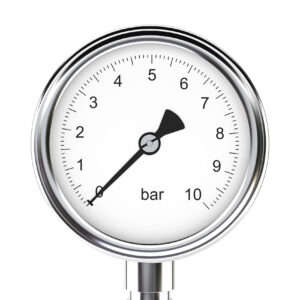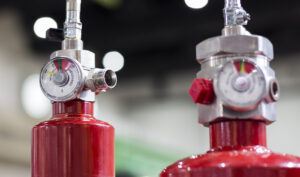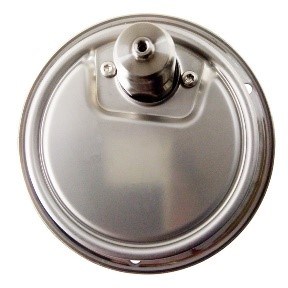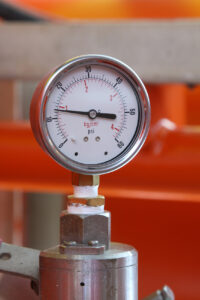Abstract: Micro-manometers are specialized instruments designed for the accurate measurement of extremely low-pressure differences, typically in the range of a few Pascals (Pa) to a few hundred Pascals. Their high sensitivity makes them indispensable in various fields, including HVAC system balancing, cleanroom monitoring, laboratory airflow control, and medical device testing. This article explores the working principles, key features, and primary applications of modern micro-manometers.
Introduction While traditional manometers measure substantial pressure levels, many critical applications require the detection of minuscule pressure differentials. A micro-manometer fulfills this need, providing the resolution and accuracy necessary to ensure safety, efficiency, and compliance in sensitive environments. The ability to measure these tiny differences is crucial for controlling airflow direction, validating containment systems, and maintaining precise environmental conditions.
Working Principle The core principle of a micro-manometer is similar to that of a digital pressure transducer. It measures the pressure difference by comparing an unknown pressure to a reference point (often atmospheric pressure). Here’s a simplified process: Pressure Input: The device has two ports for high and low pressure. The differential pressure is applied across a sensitive internal sensor. Sensor Transduction: Modern micro-manometers use highly stable sensors, such as silicon piezoresistive or capacitive sensing elements. These sensors convert the minute physical force exerted by the pressure differential into an electrical signal.
Signal Processing: The weak electrical signal is amplified and processed by an internal microprocessor. Display and Output: The calculated pressure value is displayed on a digital screen in the desired unit (e.g., Pa, inH₂O, mbar). Advanced models can log data, output readings to a computer, or interface with control systems. Key Features and Advantages Modern micro-manometers offer several advantages over their analog predecessors: High Resolution and Accuracy: Capable of resolving differences as small as 0.1 Pa or less. Digital Display: Easy-to-read, unambiguous numerical readouts.
Data Logging: The ability to record measurements over time for trend analysis and compliance reporting. Multiple Units: Instant conversion between pressure units (Pascal, inches of water, millibar, etc.). Portability: Many are battery-operated and handheld, allowing for easy use in the field. Auto-Zeroing: Automatic correction for drift, ensuring long-term measurement stability. Primary Applications The precision of micro-manometers makes them vital in numerous industries: HVAC (Heating, Ventilation, and Air Conditioning): Balancing airflow in ducts, measuring room pressurization to prevent cross-contamination (e.g., in hospitals and labs), and testing filter differential pressure.
Cleanroom Validation: Monitoring and certifying pressure cascades to ensure airborne particles are flushed out of critical manufacturing areas (e.g., pharmaceuticals, microelectronics). Laboratory Safety: Verifying that fume hoods and biological safety cabinets are operating at the correct face velocity and containment level. Medical Devices: Testing the pressure and flow parameters of ventilators, anesthesia machines, and respiratory equipment.
Building Automation: Calibrating and commissioning building management systems (BMS) that rely on pressure sensors for environmental control.
The micro-manometer is a cornerstone instrument for precision measurement in low-pressure environments. Its evolution from liquid-filled tubes to sophisticated digital devices has greatly enhanced the reliability, functionality, and ease of use in critical measurement tasks. As industries continue to demand higher standards for environmental control, safety, and energy efficiency, the role of the micro-manometer in ensuring these standards remains paramount. Selecting the right micro-manometer, with appropriate range, accuracy, and features, is essential for achieving valid and reliable results.



